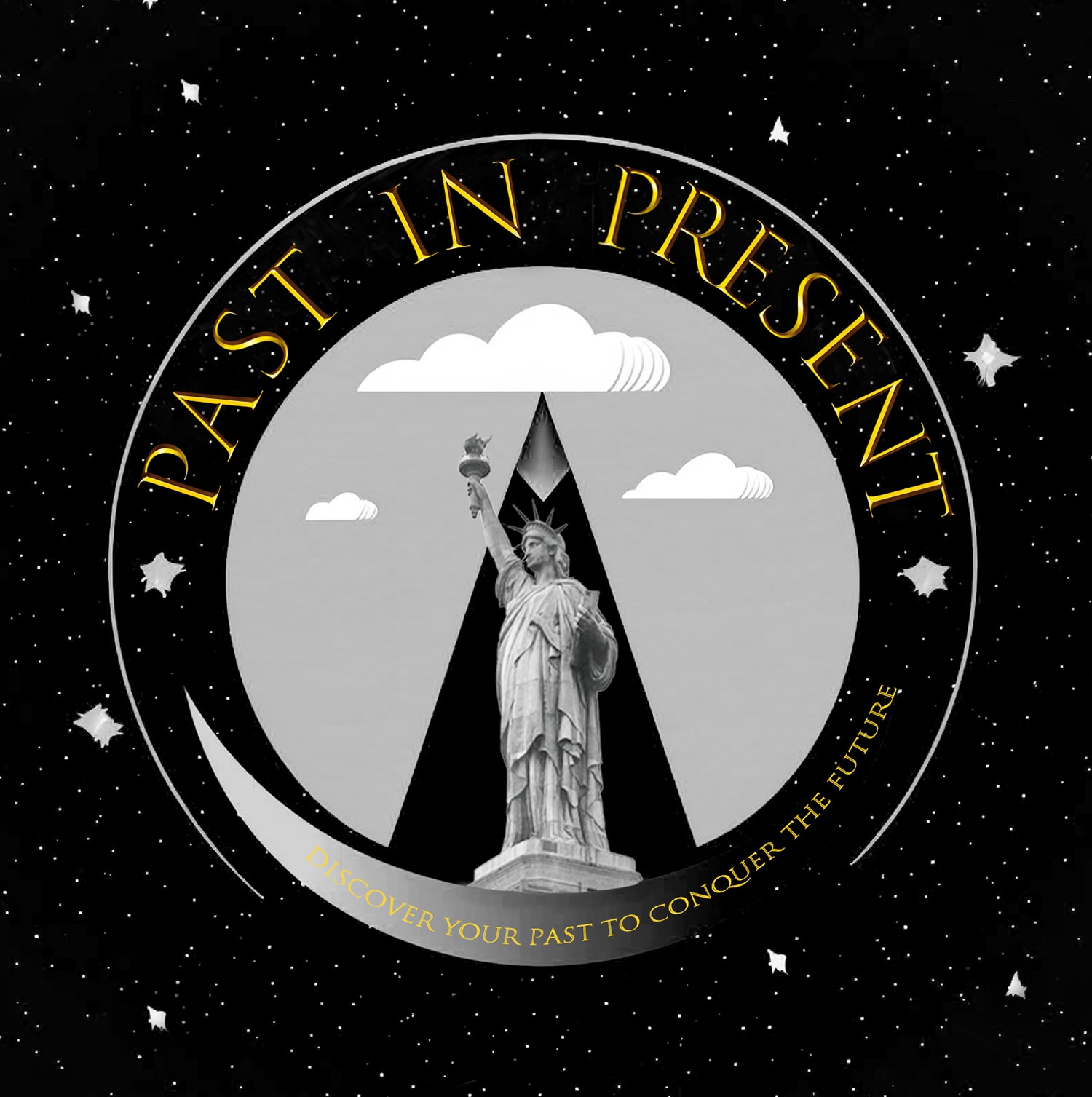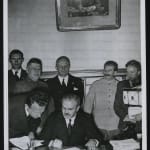-
Artworks
Open a larger version of the following image in a popup: "Molotov-Ribbentrop Pact - Beginning of Global Catastrophe"Molotov Signs Non Aggression Pact Kremlin Moscow USSR, 23rd of August 1939.
(Watermarks do not appear on the actual photograph.)
"Molotov-Ribbentrop Pact - Beginning of Global Catastrophe"Molotov Signs Non Aggression Pact Kremlin Moscow USSR, 23rd of August 1939.
(Watermarks do not appear on the actual photograph.)
Open a larger version of the following image in a popup: "Molotov-Ribbentrop Pact - Beginning of Global Catastrophe"Molotov Signs Non Aggression Pact Kremlin Moscow USSR, 23rd of August 1939. (verso)
"Molotov-Ribbentrop Pact - Beginning of Global Catastrophe"Molotov Signs Non Aggression Pact Kremlin Moscow USSR, 23rd of August 1939. (verso)
"Molotov-Ribbentrop Pact - Beginning of Global Catastrophe"Molotov Signs Non Aggression Pact Kremlin Moscow USSR, 23rd of August, 1939
Original vintage silver gelatin photograph10 x 7 1/4 in
25.4 x 18.5 cmPH13663Currency:The Soviet Minister for Foreign Affairs, Vyacheslav Molotov, signs the Nazi-Soviet Non-Aggression Pact (also known as the Molotov-Ribbentrop Pact) in the presence of the German Foreign Minister, Joachim von Ribbentrop...The Soviet Minister for Foreign Affairs, Vyacheslav Molotov, signs the Nazi-Soviet Non-Aggression Pact (also known as the Molotov-Ribbentrop Pact) in the presence of the German Foreign Minister, Joachim von Ribbentrop and the Soviet Dictator Josef Stalin (both standing immediately behind), in Kremlin, Moscow, 23rd of August, 1939.
The Hitler-Stalin Pact, was an agreement between the two former enemies to not attack each other for 10 years. The pact also allowed the countries to divide Eastern Europe into "spheres of influence" and called for economic cooperation and territorial expansion.
The Endgame
On June 22, 1941, less than two years after the pact, Germany launched a massive invasion of the Soviet Union, shattering the agreement. Stalin was caught off guard, having ignored intelligence warnings. The Soviet Union suffered catastrophic losses in the early months, but the betrayal would ultimately lead to Hitler’s downfall as the Soviets rallied to push back.
Provenance
Past in Present.com Inc private historical archive.This photograph came from unidentified historical archive collection. All items from that source are vintage, well preserved, high quality and historically significant. The archive came with a few printed pages that contained biography of Philipp Freiherr von Boeselager who was a German army officer known for his involvement in the 1944 plot to assassinate Adolf Hitler. After World War II, he pursued studies in economics and became a forestry expert. He also co-founded the Malteser Hilfsdienst, the medical service of the German Order of Malta, and coordinated German pilgrimages to Lourdes.
So we can cautiously assumed that this photograph came from his collection, but provenance require further research.




